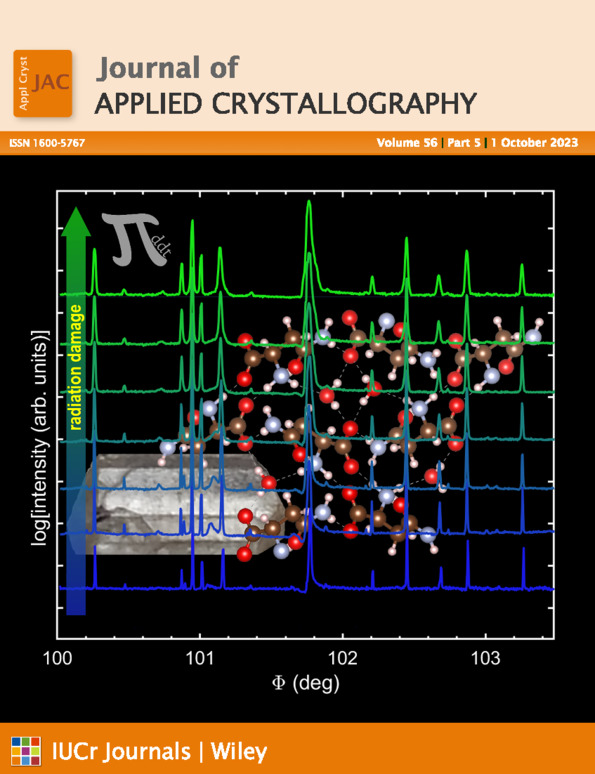Strain generated by the stacking faults in epitaxial SrO(SrTiO3)N Ruddlesden–Popper structures
Abstract
Ruddlesden–Popper (RP) phases present outstanding physical properties triggering significant academic interest. Out-of-plane stacking faults (OP-SFs), which are the main channel for accommodating stoichiometry imbalance in RP thin layers, affect these properties. The mechanisms underlying the formation and spatial distribution of these defects remain largely unknown to date. This work shows that the residual mismatch related to the presence of OP-SFs in SrTiO3-based RP thin layers is accommodated by a delocalized mechanism of lateral strain transfer from the disturbed regions to the RP structure, generating a distribution of compressive strain in the latter. Analysing the RP X-ray diffractograms in the light of this mechanism allows the assessment of the OP-SF distribution along the growth axis. It also allows the separate and accurate determination of the SrTiO3 lattice parameter (c = 3.9214 ± 0.0003 Å) and the SrO–SrO inter-reticular distance (d = 2.549 ± 0.001 Å) in the RP structure.




